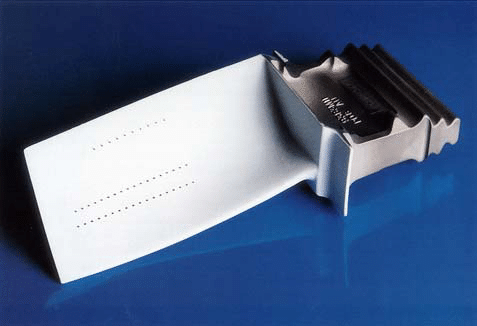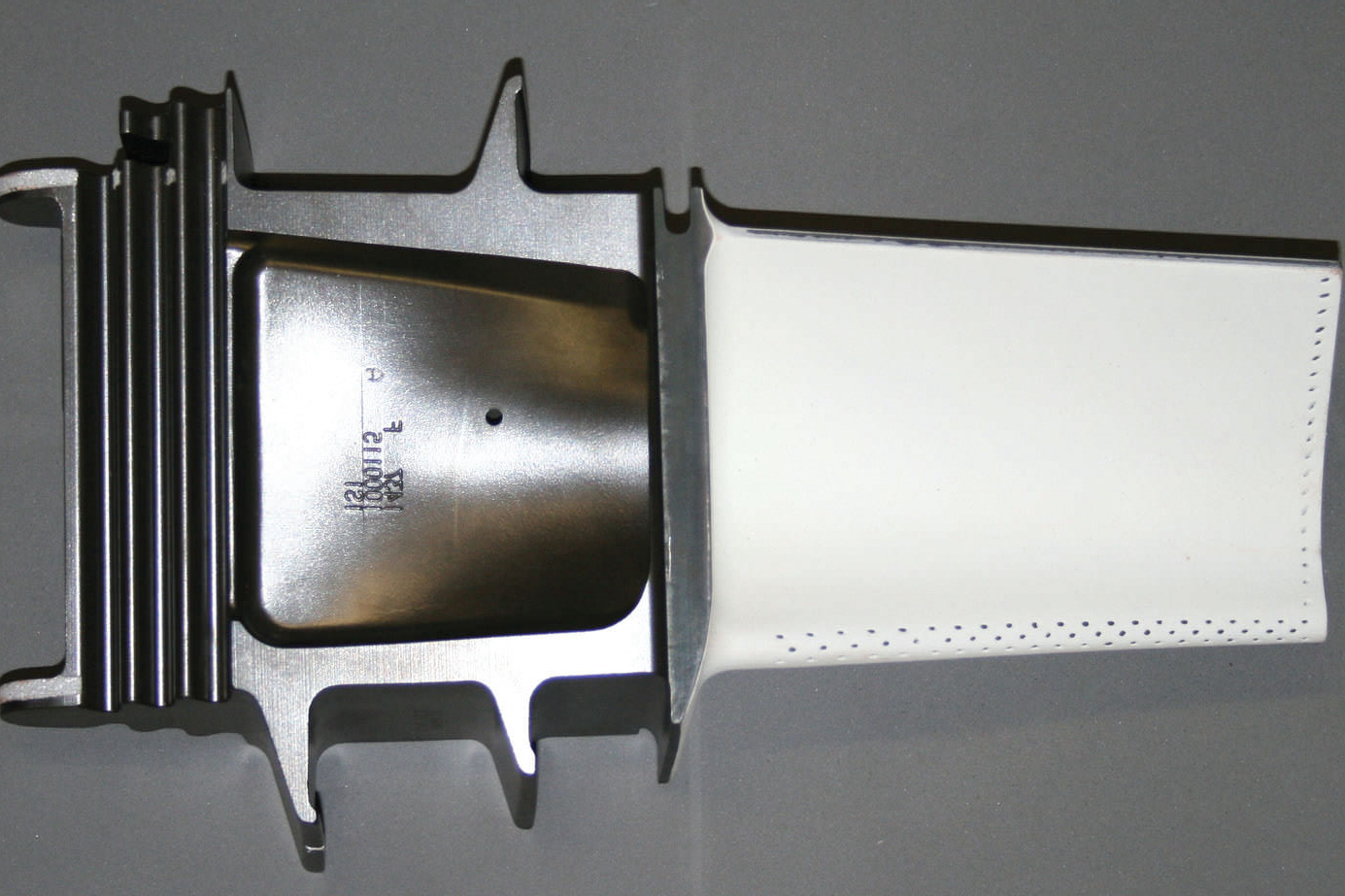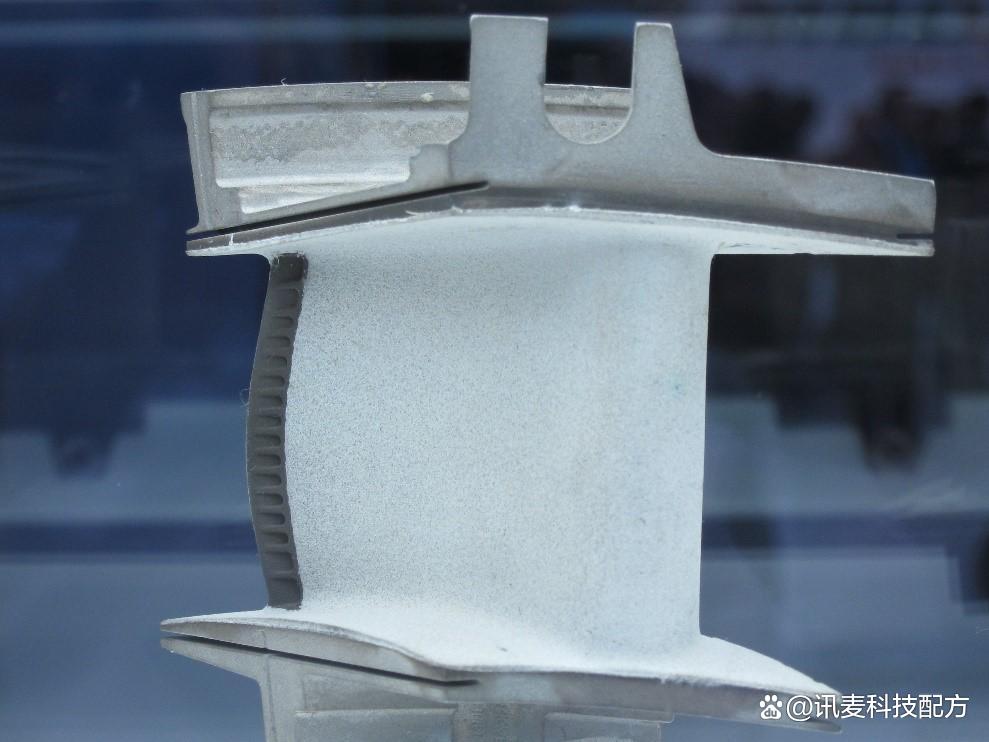What’s TBC’s lifespan under extreme heat/ corrosion?
What’s TBC’s Lifespan Under Extreme Heat and Corrosion?
Lifespan Range in High-Temperature Applications
The lifespan of Thermal Barrier Coatings (TBCs) in extreme environments varies based on application temperature, thermal cycling frequency, and material compatibility. Under continuous service at 1000–1200°C, TBCs—especially those using yttria-stabilized zirconia (YSZ)—typically maintain functional integrity for 2,000 to 10,000 hours. In aerospace gas turbines or energy systems, where TBC-coated superalloy components face cyclic stress, lifespans of 3,000–5,000 cycles are common with proper application and substrate matching.
Factors That Influence TBC Durability
Thermal Gradient and Load: Parts made from Inconel 718 or Ti-6Al-4V experience reduced TBC life if temperature differences between surface and core exceed 300°C repeatedly.
Oxidation and CMAS Attack: Calcium-magnesium-alumino-silicate (CMAS) deposits and high oxygen exposure can degrade the bond coat, causing delamination. TBCs with dense topcoats or environmental overlays mitigate this in aerospace engines.
Coating Architecture: TBC systems with graded bond coats and optimized porosity tolerate more thermal fatigue and extend lifespan, especially in turbine blades and automotive turbochargers.
Comparison to Traditional Coatings
Compared to traditional metallic coatings or surface treatments, TBCs offer 2–5× longer service life under cyclic thermal and corrosive loads. Their ability to insulate and resist oxidation simultaneously makes them ideal for components manufactured via Powder Bed Fusion and Ceramic 3D Printing.
Recommended Services for Long-Life Thermal Applications
Neway supports high-durability TBC solutions with material and process integration:
High-Performance 3D Printing Services:
Superalloy 3D Printing: For turbine components exposed to extreme thermal fatigue.
Titanium 3D Printing: For structural parts with oxidation sensitivity.
Ceramic 3D Printing: For inherently corrosion- and heat-resistant parts.
Surface Integrity Optimization:
Thermal Barrier Coatings (TBC): For high-endurance insulation and oxidation resistance.
Heat Treatment: Strengthens substrate microstructure prior to coating.
Hot Isostatic Pressing (HIP): Improves internal density for better long-term coating adhesion.



